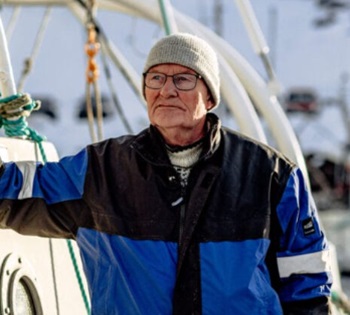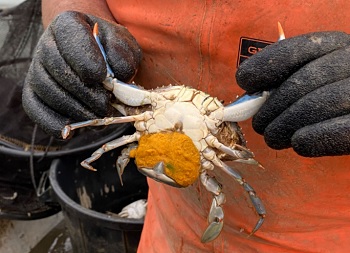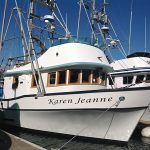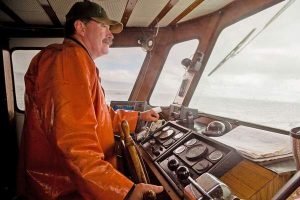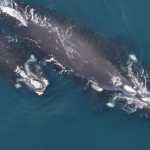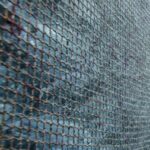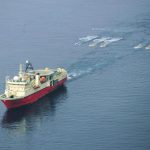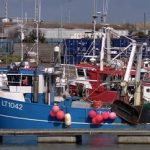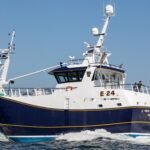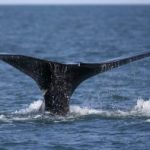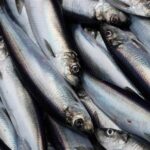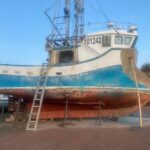Tag Archives: Invasive Specie
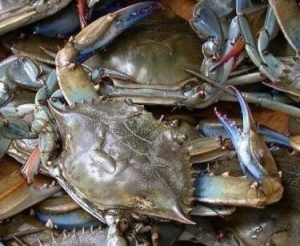
‘They are serial killers’: How blue crabs are devastating the fishing industry in southern France
For the last three years, the Canet-en-Roussillon lagoon, in southern France, has been under invasion from a blue crab which devours almost everything in its path. Scientists are trying to find the cause of the invastion, but for the time being the only way to keep the numbers under control is fishing. Since the crab tastes so good, local restaurant owners are considering putting it on the menu. Since the invasion began in 2020, the two friends (Yves Rougé and Jean-Claude Pons) have meticulously noted down the number of blue crabs they have caught. “We started seeing them in 2017, it’s been five or six years since they’ve been here,” explains Jean-Claude Pons. “We used to see one or two, then ten, and then it was kilos every day.” >click to read< 10:07

Inslee issues emergency order for green crab infestation, a danger to clams, Dungeness crabs, and salmon
Gov. Jay Inslee has issued an emergency order urging immediate action and legislative funding to address the population growth of the invasive European green crab after the Lummi Nation reported 70,000 counted in its sea pond in 2021 and the Makah reported a count higher than any since 2017. The emergency order issued Wednesday is aimed at eradicating the invasive species, which competes with native life and preys on juvenile clams, to prevent its permanent establishment in the state. >click to read< 10:54
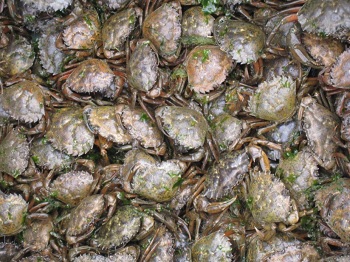
Lessons From a Failed Experiment – When ‘Eradicated’ Species Bounce Back With a Vengeance
The study, published today in the journal PNAS, chronicles the effort and failure to eradicate invasive European green crabs from a California estuary. The crabs increased 30-fold after about 90 percent had been removed. The study is the first experimental demonstration in a coastal ecosystem of a dramatic population increase in response to full eradication. The crab is considered among the world’s top 100 invasive species, costing the U.S. commercial shellfish industry about $20 million in annual losses. >click to read< 08:09
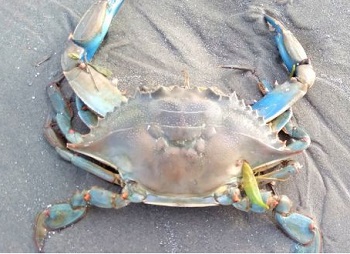
A Chesapeake blue crab turned up on Dollymount Strand in Ireland
While the crab is not much to look at in terms of alien invaders, the National Biodiversity Data Centre has warned it is larger and more competitive than native crabs, and the female can lay up to six million eggs a year. Once in competition with the smaller Irish native crabs the American version – also known as the American blue crab, would be likely to take over, scientists fear. The appearance of the crab on Dollymount strand, where it was photographed last month by Ruth McManus, is the first recorded appearance of the crab on these shores. How it got here is a bit of a mystery, the centre says it hopes the “Dollymount One” is something of a one-off. >click to read< 15:40
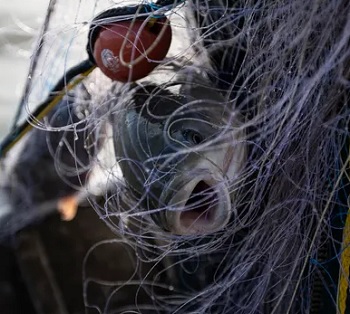
“The Perfect Catch” campaign: Asian carp is getting a new name and a public makeover
Illinois officials and their partners want to give the invasive Asian carp threatening the Great Lakes a similar makeover. The goal: To grow the fish’s image as a healthy, delicious, organic, sustainable food source which will in turn, get more fishermen removing more tons of the fish from Illinois rivers just outside of Lake Michigan. Markets such as pet food, bait and fertilizer have expanded the use of invasive Asian carp in recent years. But “it’s been hard to get the human consumption part of this because of the four-letter word: carp,” A full-on media blitz is coming later this year to change that. >click to read< 09:51
A possible resurgence of invasive green crabs poses a threat to Casco Bay’s soft-shell clams
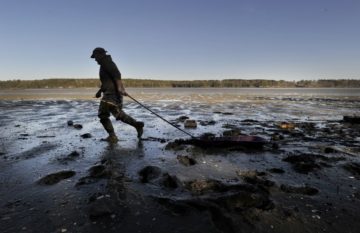 Soft-shell clams are a summer tradition around Casco Bay, both for the tourists and residents who love steamers and for the clam diggers who turn long, backbreaking hours on the mud flats into cold, hard cash. But an infestation of invasive green crabs ravaged juvenile clam stocks in the past four years, adding to ecological changes, competition for coastal access and other pressures facing the state’s second most valuable fishery. Clam landings in the Casco Bay communities of Freeport, Harpswell and Brunswick, some of the state’s leading clam producers, plummeted to historic lows in 2015, and the scarcity of soft-shell clams contributed to all-time high prices. Read the rest here 09:21
Soft-shell clams are a summer tradition around Casco Bay, both for the tourists and residents who love steamers and for the clam diggers who turn long, backbreaking hours on the mud flats into cold, hard cash. But an infestation of invasive green crabs ravaged juvenile clam stocks in the past four years, adding to ecological changes, competition for coastal access and other pressures facing the state’s second most valuable fishery. Clam landings in the Casco Bay communities of Freeport, Harpswell and Brunswick, some of the state’s leading clam producers, plummeted to historic lows in 2015, and the scarcity of soft-shell clams contributed to all-time high prices. Read the rest here 09:21
Meet the best Florida Keys lionfish killers
 “There are places in the Bahamas where, because of lionfish, there are no more parrotfish,” she said. “And we need parrotfish.” “Averaging three dives a day, four days a week, Adolphus, Rachel and their friends [including Chase Grimes, Jonny Schrier and Willie Dominak] brought in an estimated 7,500 fish in 2014, supplying local restaurants with their catch to help promote a commercial lionfish industry and to take pressure off of other species,” the FWC says. Read the rest here 19:28
“There are places in the Bahamas where, because of lionfish, there are no more parrotfish,” she said. “And we need parrotfish.” “Averaging three dives a day, four days a week, Adolphus, Rachel and their friends [including Chase Grimes, Jonny Schrier and Willie Dominak] brought in an estimated 7,500 fish in 2014, supplying local restaurants with their catch to help promote a commercial lionfish industry and to take pressure off of other species,” the FWC says. Read the rest here 19:28
Emerging Fishery: Asian Carp nuisance seen as growth industry
 “The best way to control anything is to eat it up,” said Luu at her company in Ledbetter, on the outskirts of Paducah. “This is the second most consumed species of fish in the world. As a result, we can save our other species of fish.” Her company markets the carp as “Kentucky Blue Snapper,”,. She hopes to create 60 jobs paying about $10 an hour after receiving state approval last month to receive up to $1 million in state tax incentives. Another $4 million in similar state aid has been approved for two other nearby carp processors since 2013. Read the rest here 11:25
“The best way to control anything is to eat it up,” said Luu at her company in Ledbetter, on the outskirts of Paducah. “This is the second most consumed species of fish in the world. As a result, we can save our other species of fish.” Her company markets the carp as “Kentucky Blue Snapper,”,. She hopes to create 60 jobs paying about $10 an hour after receiving state approval last month to receive up to $1 million in state tax incentives. Another $4 million in similar state aid has been approved for two other nearby carp processors since 2013. Read the rest here 11:25






